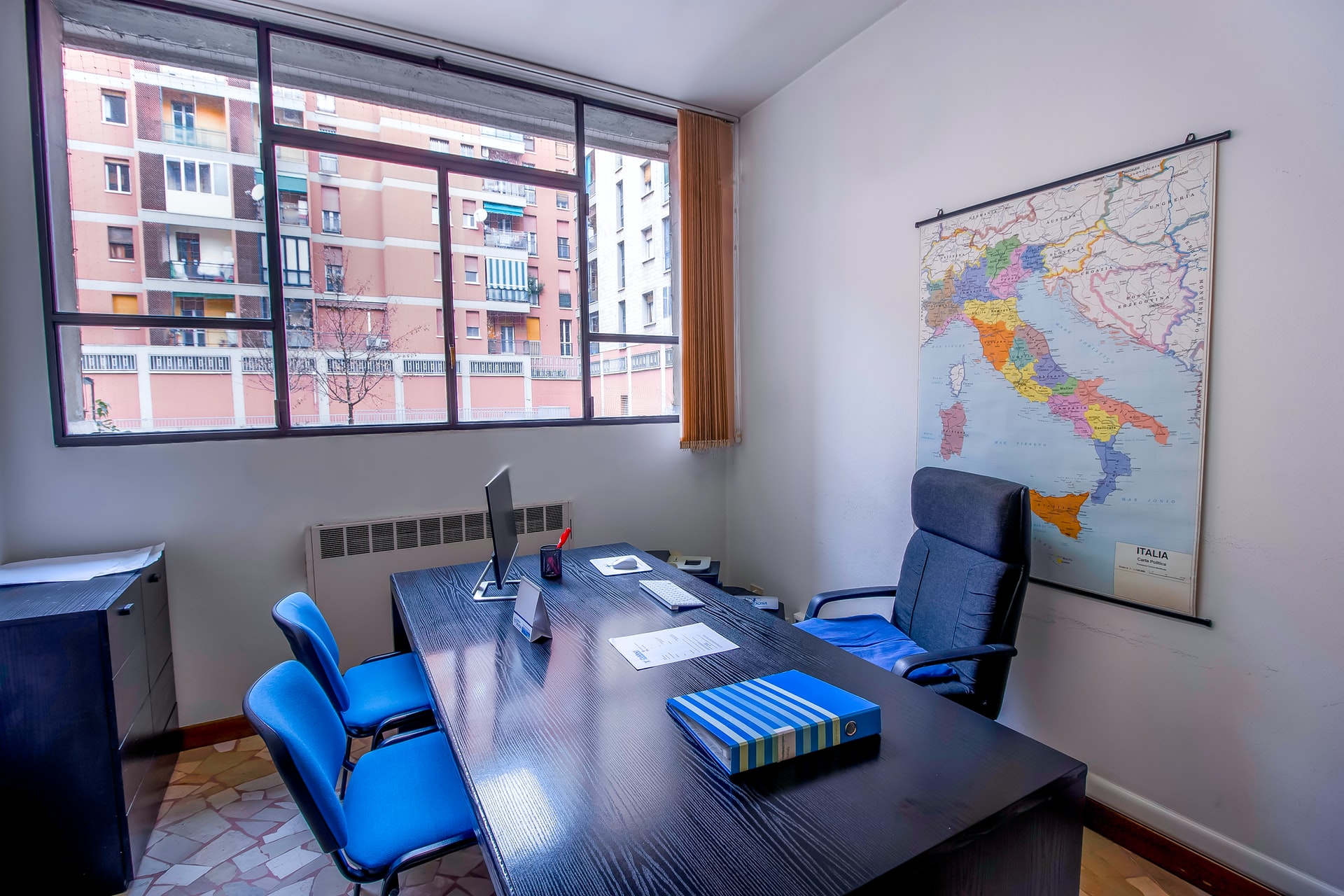Corporate culture is a collection of behaviors, beliefs, and environments in which the work process takes place. A positive corporate culture is proud and conducive to office success; negative – on the contrary, it tires the staff and harms the process.
Every company, regardless of size, type, or industry, has its own unique culture. Vibrant, thriving cultures are characterized by high employee engagement, open and honest communication, and reasonable risk. Toxic corporate cultures are awash with gossip, mistrust, and fear.
Perhaps the simplest definition of corporate culture is “it’s the way it is here.” This is how employees act when no one is looking at them, the patterns of behavior adopted in the company, which are passed from old employees to new ones.
How Culture Is Expressed: Visible And Invisible
Culture is like an iceberg. Some of its sides are easy to see (for example, behavior, rituals, artifacts …), others are more complex (values, norms …). A complete vision of the situation is essential to achieve the desired goals. It includes accepted norms of behavior and etiquette, values, rituals, and artifacts that collectively indicate what is important to the organization.
Let’s Take A Closer Look At Each Of These External Signs:
Corporate etiquette. This is what people do and how. For example, arriving on time for meetings, keeping office doors open, checking emails on weekends … Any repetitive employee action reflects the culture of the company.
Values. Transparency of processes, honesty, and democratic values. If behavior and values are at odds with each other, this is an important signal that the culture is “not working” as planned.
Norms are rules of conduct that are not spelled out anywhere. For example, if the norm is not to leave dishes on a common table in the kitchen, then a colleague who does not usually clean up after himself runs the risk of provoking everyone’s anger.
Rituals are patterns of behavior that have some generally accepted meaning. For example, a cup of coffee on the employees’ tables in the morning is more of a personal ritual, but the lack of a dress code on Friday in the IT department can emphasize the camaraderie in the team.
Artifacts are physical objects and things. This also includes the interior of the office and the individual workplaces of employees. Branded calendars, posters, catalogs on the coffee table in the reception area reinforce the values of the organization.
For example, an open office layout in the absence of managers’ private offices signals that cooperation in this company is valued above the hierarchy. Furniture of the Form series is designed just to create such a democratic environment; desktop screens with noise-canceling effects add comfort to workplaces.
Strong Corporate Culture: Why?
Here are the pros of creating a vibrant organizational culture:
- Competitive advantage. An individual culture based on mission and values is difficult to replicate or replicate. As a result, it becomes something that helps to achieve business goals.
- Consistency of goals. A well-defined culture helps employees coordinate with each other and follow in the same direction.
- Motivation. A positive culture makes employees feel proud and they show more enthusiasm for their work.
- Collaboration. An effective culture fosters collaboration, greater cohesion between departments and teams.
- Market awareness. A strong culture feeds the brand, creating an environment in which it can flourish.
Office Design And Its Impact
As Winston Churchill said, “We shape our buildings, and then our buildings shape us.” The environment has a huge impact on organizational culture!
This is known in the offices of Yandex and Google, which are often used as an example. However, it is important not only to design a stylish office but to create a complex cultural message, to embody the established principles and values in the work. Otherwise, break rooms and ping-pong rooms will quickly turn from motivating spaces to work sabotage.
At the same time, the office should not only convey the values of the company but also strengthen and help shape the corporate culture. The first step towards its creation is a conscious choice of modern furniture solutions based on a detailed design project.



